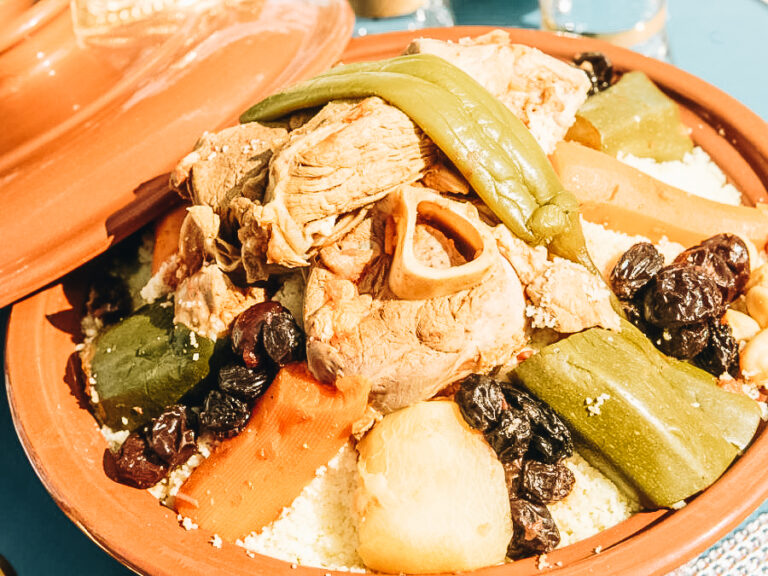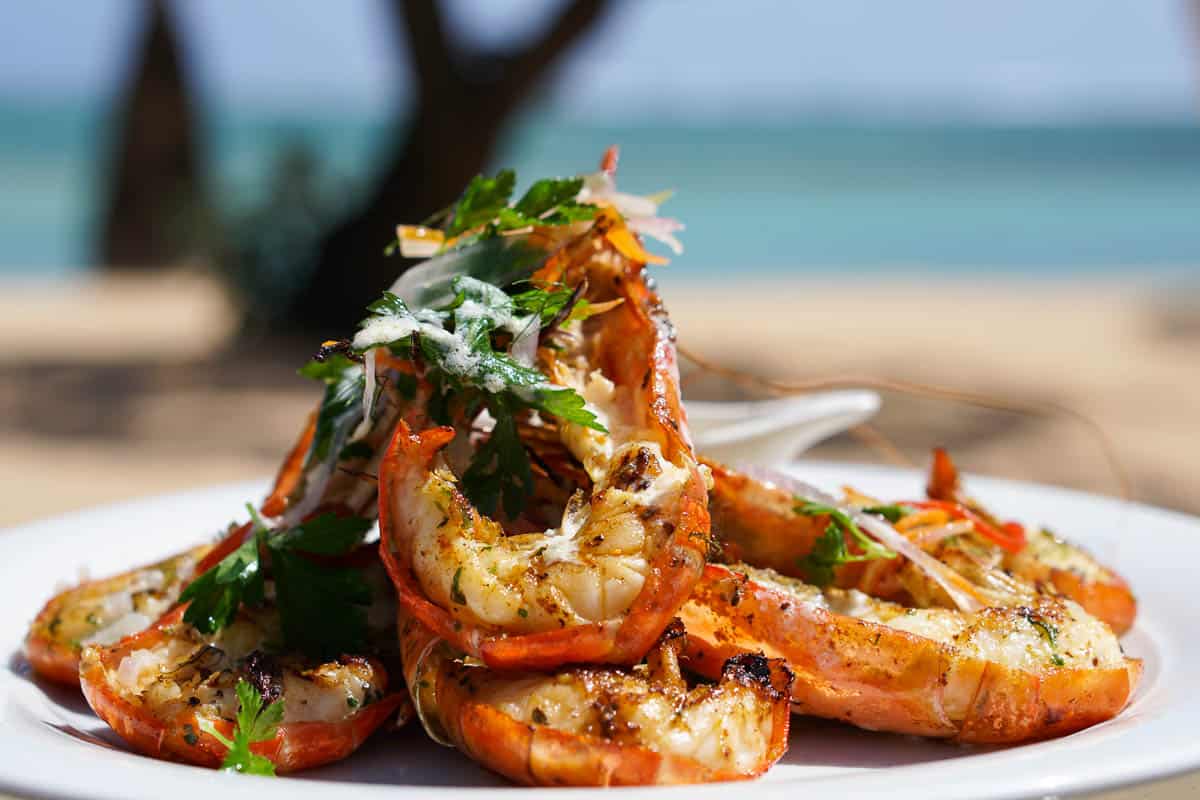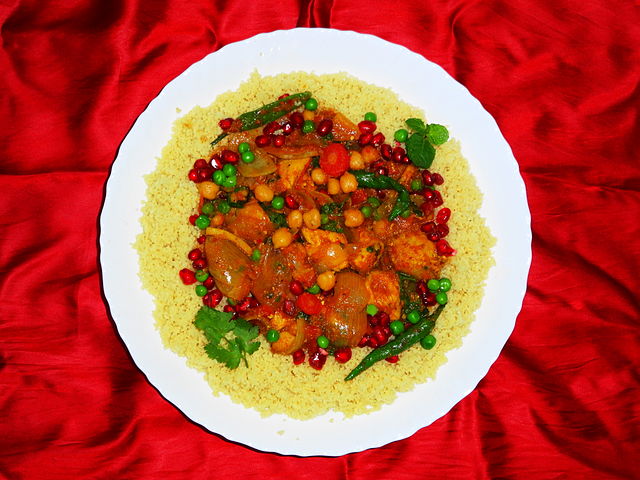Introduction: Exploring Eswatini’s Street Food Scene
Eswatini is a country known for its beautiful landscapes and diverse wildlife. However, it is also a place where one can indulge in delicious street food. The country’s street food culture is a mix of African, Indian, and British influences.
Whether you are exploring the markets or just taking a stroll, there are several street food snacks to try in Eswatini. From savory to sweet, these snacks are perfect for satisfying your hunger pangs while exploring the country’s vibrant street food scene.
1. Savoring the spicy flavor of Sishwala
Sishwala is a traditional Swazi dish made from ground corn, water, and salt. It is then cooked and left to ferment overnight, resulting in a sour taste. The dish is usually served with a spicy relish made from tomatoes, onions, and chilies.
Sishwala is a great snack to try if you are looking for something spicy and full of flavor. It is also a great way to experience the culture and traditions of Eswatini.
2. Munching on the crispy goodness of Magwinya
Magwinya, also known as vetkoek, is a popular street food snack in Eswatini. It is a fried bread dough that is soft on the inside and crispy on the outside. It can be served with a variety of fillings, such as cheese, sausages, or beans.
Magwinya is a great snack to try if you are looking for something filling and satisfying. It is also a great way to experience the fusion of African and British cuisine in Eswatini.
3. Trying the traditional taste of Emasi etinkhobe
Emasi etinkhobe is a traditional Swazi dish made from sour milk and maize meal. It is a popular breakfast dish in Eswatini and is often served with sugar or honey.
Emasi etinkhobe is a great snack to try if you are looking for something traditional and authentic. It is also a great way to experience the culture and traditions of Eswatini.
4. Sampling the savory delights of Bunny Chow
Bunny Chow is a popular street food snack in South Africa, but it has also made its way to Eswatini. It is made by hollowing out a loaf of bread and filling it with a spicy curry, usually made with chicken or lamb.
Bunny Chow is a great snack to try if you are looking for something spicy and flavorful. It is also a great way to experience the fusion of Indian and African cuisine in Eswatini.
5. Indulging in the sweet sensation of Koeksisters
Koeksisters are a sweet pastry that is popular in many South African countries, including Eswatini. They are fried dough that is dipped in syrup and rolled in coconut.
Koeksisters are a great snack to try if you are looking for something sweet and indulgent. It is also a great way to experience the fusion of Dutch and African cuisine in Eswatini.
6. Enjoying the meaty goodness of Boerewors Rolls
Boerewors Rolls are a popular street food snack in South Africa, but they are also found in Eswatini. They are grilled sausages that are served on a roll with tomato sauce and onions.
Boerewors Rolls are a great snack to try if you are looking for something meaty and satisfying. It is also a great way to experience the fusion of African and Dutch cuisine in Eswatini.
7. Delighting in the crunchy texture of Walkie Talkies
Walkie Talkies are a popular street food snack in Eswatini. They are chicken feet that are boiled and then grilled, resulting in a crunchy texture.
Walkie Talkies are a great snack to try if you are looking for something crunchy and adventurous. It is also a great way to experience the unique street food culture of Eswatini.
Conclusion: Savoring the Flavors of Eswatini’s Street Food
Exploring the street food scene in Eswatini is a great way to experience the culture, traditions and cuisine of the country. From traditional dishes to fusion cuisine, there are several street food snacks to try. So, go out and savor the flavors of Eswatini’s street food!














